We put the Huawei Pura 70 Ultra through our rigorous DXOMARK Camera test suite to measure its performance in photo, video, and zoom quality from an end-user perspective. This article breaks down how the device fared in a variety of tests and several common use cases and is intended to highlight the most important results of our testing with an extract of the captured data.
Overview
Key camera specifications:
- Primary: 50MP 1″ sensor, f/1.6-4.0-aperture lens, DualPD AF, Sensor-shift OIS
- Ultra-wide: 40MP, f/2.2-aperture lens, QuadPD AF
- Tele: 50MP, f/2.1-aperture lens, QuadPD AF, OIS
Scoring
Sub-scores and attributes included in the calculations of the global score.
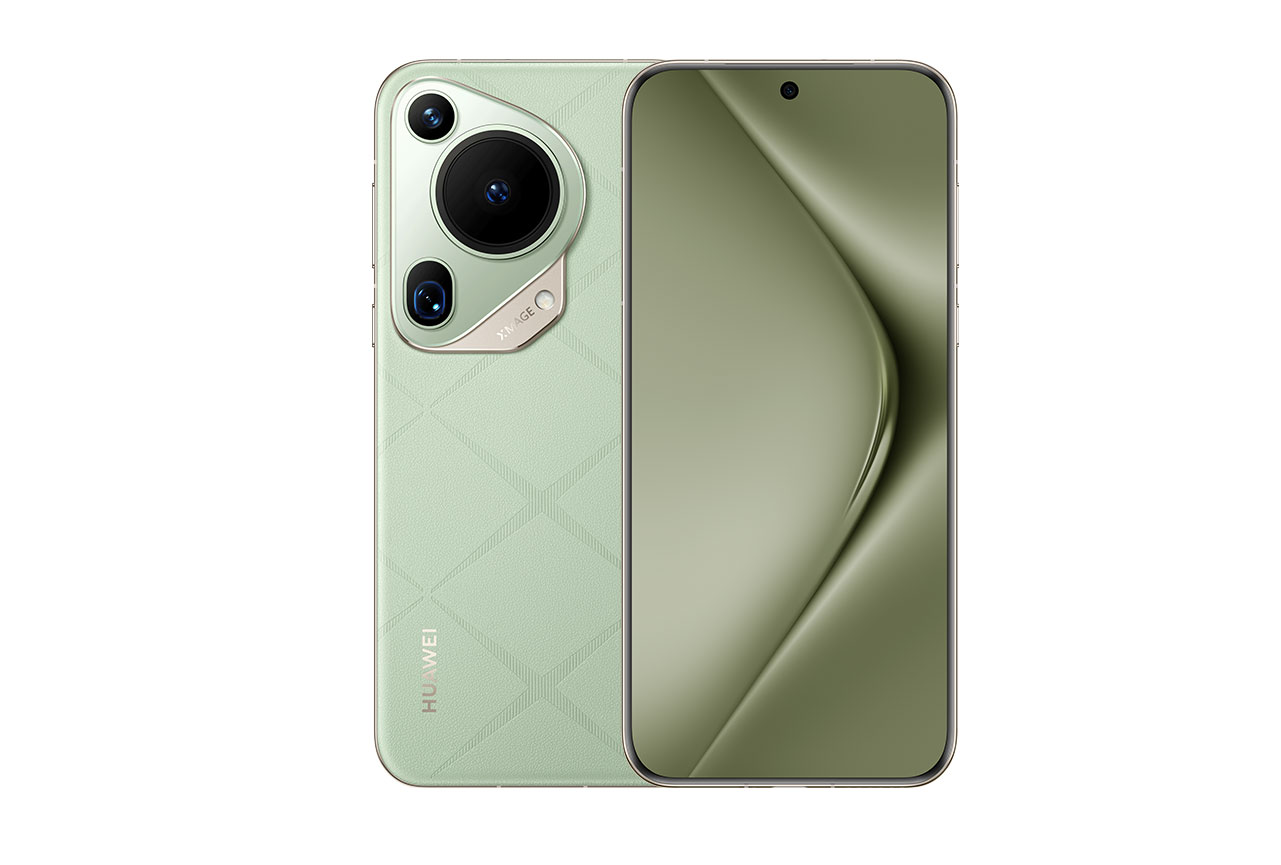
Huawei Pura 70 Ultra


Use cases & Conditions
Use case scores indicate the product performance in specific situations. They are not included in the overall score calculations.
Outdoor
Photos & videos shot in bright light conditions (≥1000 lux)
Indoor
Photos & videos shot in good lighting conditions (≥100lux)
Lowlight
Photos & videos shot in low lighting conditions (<100 lux)
Zoom
Friends & Family
Portrait and group photo & videos
Pros
- Nicely balanced exposure and contrast across all light conditions; outstanding rendering when viewed on HDR display
- Very nice colors when viewed on HDR display
- Fast and accurate autofocus, good video stabilization
- Variable aperture allows for optimized depth of field in each scene
- Very good texture/noise trade-off across most conditions and in all zoom settings
- Natural blur in bokeh mode, smooth gradient, and accurate subject isolation
- 3.5x tele macro shots at f/2.1 offer nice perspective and good sharpness
Cons
- Local noise in video
- Ghosting in shots with moving subjects, even in bright light
- Occasional color quantization, especially in low light
- Occasional unnatural textures in low light and night shots
- Some unnatural rendering in tele zoom shots
The Huawei Pura 70 Ultra delivered outstanding performances across all areas in the DXOMARK Camera tests, securing itself the top position in our ranking. Still image results were exceptional across all camera modules, resulting in top scores not only for photo but also for zoom wide and tele. The camera’s ability to balance detail retention and noise reduction was impressive, and images showed precise exposure and a wide dynamic range, as well as pleasant colors. Thanks to its large main camera sensor and careful tuning, the Huawei Pura 70 Ultra showed strong improvements in texture and noise compared to its predecessors. Good detail and exposure were maintained, even when shooting in low light. The device showed a particular ability to deliver images with natural skin-tone rendering and an accurate white balance even in very complex lighting conditions such as low light. The variable aperture helped provide optimal depth-of-field and good sharpness on all subjects in group shots. The autofocus was fast and reliable in static and dynamic scenes alike. The fast shutter time and response allowed for freezing motion and capturing the decisive moment.
Unlike Huawei’s previous flagship, the Huawei Mate 60 Pro+, the Huawei Pura 70 Ultra was tested in HDR photo mode. The wider dynamic range in this mode resulted in noticeably better contrast and color rendering. However, the Pura 70 Ultra uses a proprietary Huawei HDR format that can only be viewed on some of the latest Huawei phones and tablets. It is not widely compatible with other Android devices or even some of Huawei’s models, including laptops. We converted the images into the AVIF image file format to allow visualization outside the Huawei ecosystem for perceptual evaluation. Images included in these test results are original JPEG files from the device. Find out more about HDR imaging from capture to display in this article.
Video was tested on the Huawei Pura 70 Ultra in 4K/30fps mode using the HDR Vivid format. Although the Pura 70 Ultra progressed in certain aspects of video performance over the Mate 60 Pro+, the Pura 70 Ultra could not quite match the current best video devices, the Apple iPhone 15 Pro Max and the Oppo Find X7 Ultra, when it came to the most challenging low-light test scenes.
The Huawei Pura 70 Ultra is a great option for capturing pictures and videos of friends and family, achieving the best friends and family score to date. The camera kept motion blur in moving scenes to a minimum, allowed for precise capture of the decisive moment, and produced images with fairly accurate skin tones. In terms of photo capture, the only real downside was an occasional ghosting effect in moving scenes, especially with backlighting. Performance in this category was lower in video mode, where our testers observed occasional underexposure on faces in low light.
The Pura 70 Ultra was also the best device tested to date for low-light capture. In dim conditions, the camera offered a wide dynamic range, capturing good detail in both the highlight and shadow areas of the frame. Image noise was generally well under control, and images showed high levels of detail. However, unnatural texture rendering could be noticeable in some night scenes.
Test summary
About DXOMARK Camera tests: DXOMARK’s Camera evaluations take place in laboratories and in real-world situations using a wide variety of subjects. The scores rely on objective tests for which the results are calculated directly by measurement software on our laboratory setups, and on perceptual tests in which a sophisticated set of metrics allow a panel of image experts to compare aspects of image quality that require human judgment. Testing a smartphone involves a team of engineers and technicians for about a week. Photo, Zoom, and Video quality are scored separately and then combined into an Overall score for comparison among the cameras in different devices. For more information about the DXOMARK Camera protocol, click here. More details on smartphone camera scores are available here. The following section gathers key elements of DXOMARK’s exhaustive tests and analyses. Full performance evaluations are available upon request. Please contact us on how to receive a full report.
For scoring and analysis, DXOMARK engineers capture and evaluate more than 2,600 test images both in controlled lab environments and in outdoor, indoor and low-light natural scenes, using the camera’s default settings. The photo protocol is designed to take into account the main use cases and is based on typical shooting scenarios, such as portraits, family, and landscape photography. The evaluation is performed by visually inspecting images against a reference of natural scenes, and by running objective measurements on images of charts captured in the lab under different lighting conditions from 1 to 1,000+ lux and color temperatures from 2,300K to 6,500K.
In photo mode, the Huawei Pura 70 Ultra delivered the best performance of all devices tested to date. The combination of the large 1” image sensor and the f/1.6 – 4.0 variable aperture allowed for depth of field adjustments and creative flexibility that is pretty much unheard of in the smartphone world. In our tests, photos offered nice colors and good contrast when viewed on an HDR display. Dynamic range was wide, and good face exposure made for pleasant portrait shots. White balance was accurate, and the atmosphere of the ambient light was captured nicely. The autofocus was fast and accurate, and the camera managed a good trade-off between noise reduction and texture preservation.
Minor issues included some slight exposure and white balance instabilities, as well as an occasional ghosting effect, especially when shooting high-contrast scenes. Our testers also noticed slight noise in very low-light shots.
In addition, the Huawei did well when taking close-up and macro shots, thanks to the fairly wide aperture and close focus distance of the tele camera, which was used in macro mode. White balance could sometimes be slightly unstable in macro images, but other than that the pictures were detailed and pleasant, with a nice perspective compression.
Close-Up
In our tests, the Huawei Pura 70 Ultra captured very nice macro shots. The use of the 3.5x tele lens allowed for a longer shooting distance than most rivals and provided a nicely compressed perspective. Overall, macro and close-up shots were pleasant and showed good detail. Only occasionally did our testers notice a slightly unstable white balance.
Exposure is one of the key attributes for technically good pictures. The main attribute evaluated is the brightness of the main subject through various use cases such as landscape, portrait, or still life. Other factors evaluated are the contrast and the dynamic range, eg. the ability to render visible details in both bright and dark areas of the image. Repeatability is also important because it demonstrates the camera's ability to provide the same rendering when shooting several images of the same scene.
The camera managed accurate target exposure with a very wide dynamic range across all light conditions. In combination with the very good HDR format rendering, this resulted in some of the best balanced images we have seen on a smartphone. Contrast was very pleasant as well, even when shooting difficult scenes.
This said, our testers noticed some slight exposure instabilities in challenging conditions, for example, some backlit scenes. In such conditions, results could be inconsistent across a series of consecutive shots.

Color
Huawei Pura 70 Ultra
130
Color is one of the key attributes for technically good pictures. The image quality attributes analyzed are skin-tone rendering, white balance, color shading, and repeatability. For color and skin tone rendering, we penalize unnatural colors but we respect a manufacturer's choice of color signature.
Color was rendered nicely, with generally accurate white balance and only occasional color casts, resulting in the device reaching the top score in color. Skin-tone rendering was good across all types of skin tones and light conditions. The HDR format also helped improve color rendering, with nice color contrast in all scenes, but especially backlit portrait shots. On the downside, our testers observed some slight white balance instabilities in all light conditions.
Autofocus tests concentrate on focus accuracy, focus repeatability, shooting time delay, and depth of field. Shooting delay is the difference between the time the user presses the capture button and the time the image is actually taken. It includes focusing speed and the capability of the device to capture images at the right time, what is called 'zero shutter lag' capability. Even if a shallow depth of field can be pleasant for a single subject portrait or close-up shot, it can also be a problem in some specific conditions such as group portraits; Both situations are tested. Focus accuracy is also evaluated in all the real-life images taken, from infinity to close-up objects and in low light to outdoor conditions.
In our tests, the Pura 70 Ultra autofocus was fast and accurate, allowing for sharp images and capture at the decisive moment. The variable aperture system in combination with the large image sensor meant that the Huawei was capable of optimizing depth of field for each scene. For example, in group portraits, the Huawei produced a wider depth of field than competing devices, providing good sharpness across all subject distances. The camera was capable of picking the best aperture for all our portrait test scenes, from single subjects to larger groups.


Texture
Huawei Pura 70 Ultra
125
Texture tests analyze the level of details and the texture of subjects in the images taken in the lab as well as in real-life scenarios. For natural shots, particular attention is paid to the level of details in the bright and dark areas of the image. Objective measurements are performed on chart images taken in various lighting conditions from 1 to 1000 lux and different kinds of dynamic range conditions. The charts used are the proprietary DXOMARK chart (DMC) and the Dead Leaves chart.
In our tests, the Pura 70 Ultra captured high levels of detail and images with natural texture rendering. The excellent real-life results were confirmed by objective measurements in the lab. Texture was very fine and accurate, providing natural detail rendering on a wide range of scenes, from skin texture in portraits to distant vegetation in landscape shots. In addition, the level of captured detail remained high in low and very low light conditions. This said, our testers observed a local loss of detail in some scenes, especially in low light.
Noise tests analyze various attributes of noise such as intensity, chromaticity, grain, structure on real-life images as well as images of charts taken in the lab. For natural images, particular attention is paid to the noise on faces, landscapes, but also on dark areas and high dynamic range conditions. Noise on moving objects is also evaluated on natural images. Objective measurements are performed on images of charts taken in various conditions from 1 to 1000 lux and different kinds of dynamic range conditions. The chart used is the Dead Leaves chart and the standardized measurement such as Visual Noise derived from ISO 15739.
In our tests, the Pura 70 Ultra kept image noise very well under control across all test conditions. Luminance noise was managed well, but chroma noise and color quantization could sometimes be noticeable, especially when shooting in low light.

Artifacts
Huawei Pura 70 Ultra
82
The artifacts evaluation looks at lens shading, chromatic aberrations, geometrical distortion, edges ringing, halos, ghosting, quantization, unexpected color hue shifts, among others type of possible unnatural effects on photos. The more severe and the more frequent the artifact, the higher the point deduction on the score. The main artifacts observed and corresponding point loss are listed below.
In some instances, image artifacts such as fusion were occasionally observed, especially in strong contrast conditions.
Bokeh is tested in one dedicated mode, usually portrait or aperture mode, and analyzed by visually inspecting all the images captured in the lab and in natural conditions. The goal is to reproduce portrait photography comparable to one taken with a DLSR and a wide aperture. The main image quality attributes paid attention to are depth estimation, artifacts, blur gradient, and the shape of the bokeh blur spotlights. Portrait image quality attributes (exposure, color, texture) are also taken into account.
When shooting in bokeh mode, the Pura 70 Ultra captured images with a generally natural blur effect, smooth blur gradient and accurate subject isolation.
Preview
Huawei Pura 70 Ultra
93
Preview tests analyze the image quality of the camera app's preview of the image, with particular attention paid to the difference between the capture and the preview, especially regarding dynamic range and the application of the bokeh effect. Also evaluated is the smoothness of the exposure, color and focus adaptation when zooming from the minimal to the maximal zoom factor available. The preview frame rate is measured using the LED Universal Timer.
Our specialists observed a noticeable improvement in the preview quality of the Pura 70 Ultra compared to the Mate 60 Pro+, but it was still not on the same level as the class-leading iPhone 15 Pro Max. The Pura 70 Ultra’s preview was quite similar to the capture in terms of target exposure, dynamic range, and color rendering. However, during testing, our evaluators detected some slight differences between the preview and final images, particularly in bokeh mode, where depth estimation sometimes differed, resulting in less accurate bokeh simulation on the preview. Nevertheless, the dynamic range in the preview remained fairly accurate across various conditions, closely resembling the captured image.
Zoom
Huawei Pura 70 Ultra
169
DXOMARK engineers capture and evaluate over 400 test images in controlled lab environments and in outdoor, indoor, and low-light natural scenes, using the camera’s default settings and pinch zoom at various zoom factors from ultra wide to very long-range zoom. The evaluation is performed by visually inspecting the images against a reference of natural scenes, and by running objective measurements of chart mages captured in the lab under different conditions from 20 to 1000 lux and color temperatures from 2300K to 6500K.
The Huawei Pura 70 Ultra produced exceptional results not only with its primary module but also with its telephoto and ultra-wide cameras, achieving the best results in the tele and wide categories to date. Images showed good detail, and the effective noise reduction did not compromise fine textures. The autofocus system performed reliably, and zoom images had a wide dynamic range, nice skin tones, and accurate white balance.
However, our testers also observed minor color instabilities and slight ringing or aliasing on high-contrast edges. This said, overall zoom images were consistently pleasing across the zoom range, and texture measurements were quite high. The Pura 70 Ultra’s performance was excellent at medium and long-range tele zoom settings, matching the very best in class. At close and extra long tele settings, the Huawei delivered the best results we have seen to date, with beautiful texture rendering, especially in portraits, and minimal noise, even when shooting in low light.
Video Zoom
The Huawei Pura 70 Ultra provided a very good level of detail in video zoom, even though occasionally, some camera jumps as well as exposure and color variations were visible while zooming. The Apple iPhone 15 Pro Max still offers a smoother user experience for video zoom.
These tests analyze the performance of the ultra-wide camera at several focal lengths from 12 mm to 20 mm. All image quality attributes are evaluated, with particular attention paid to such artifacts as chromatic aberrations, lens softness, and distortion. Pictures below are an extract of tested scenes.
The performance in wide was the best we have tested so far at DXOMARK, with an excellent level of detail and very well-managed noise levels in the whole field of the 13mm ultra-wide module. Dynamic range was wide, and exposure and white balance were accurate. The color rendering was pleasant in most conditions.

Tele
Huawei Pura 70 Ultra
128
All image quality attributes are evaluated at focal lengths from approximately 40 mm to 300 mm, with particular attention paid to texture and detail. The score is derived from a number of objective measurements in the lab and perceptual analysis of real-life images.
Similar to the wide camera performance, the Pura 70 Ultra’s tele performance was at the top of our database, with an excellent level of detail, low level of noise, and pleasant color rendering across the entire zoom range. Perceptual results and measurements were similar to the Mate 60 Pro+ except in very long range (>150mm), which still showed good improvements.
Video
Huawei Pura 70 Ultra
159
DXOMARK engineers capture and evaluate more than 2.5 hours of video in controlled lab environments and in natural low-light, indoor and outdoor scenes, using the camera’s default settings. The evaluation consists of visually inspecting natural videos taken in various conditions and running objective measurements on videos of charts recorded in the lab under different conditions from 1 to 1000+ lux and color temperatures from 2,300K to 6,500K.
In our video tests, the Pura 70 Ultra’s autofocus performance was excellent, with quick reactions and smooth transitions. Exposure and colors were accurate in most conditions, but our experts noticed some slight instabilities in low light. Color rendering in bright light was improved over the Mate 60 Pro+, with higher levels of saturation. However, colors still could not quite match the vibrance of the Apple iPhone 15 Pro Max.
Levels of captured detail were high, and noise was well under control in bright light and when shooting indoors. However, some noise could be noticeable in low light, especially on moving elements in the scene. Chroma noise could be visible in the shadows. Video stabilization was effective, with very few sharpness differences between video frames across all light conditions. Camera shake was only slightly noticeable in the recorded footage.

Exposure
Huawei Pura 70 Ultra
116
Exposure tests evaluate the brightness of the main subject and the dynamic range, eg. the ability to render visible details in both bright and dark areas of the image. Stability and temporal adaption of the exposure are also analyzed.
In video mode, target exposure was generally accurate and dynamic range was fairly wide, providing good highlight preservation in high-contrast scenes across all light levels.

Color
Huawei Pura 70 Ultra
120
Image-quality color analysis looks at color rendering, skin-tone rendering, white balance, color shading, stability of the white balance and its adaption when light is changing.
White balance was accurate in most test conditions, but some slight adaptation issues could sometimes be noticeable in very challenging scenes.
The autofocus performed particularly well in video mode, with smooth and accurate focusing, even in difficult scenes.

Texture
Huawei Pura 70 Ultra
118
Texture tests analyze the level of details and texture of the real-life videos as well as the videos of charts recorded in the lab. Natural videos recordings are visually evaluated, with particular attention paid to the level of details in the bright and areas as well as in the dark. Objective measurements are performed of images of charts taken in various conditions from 1 to 1000 lux. The charts used are the DXOMARK chart (DMC) and Dead Leaves chart.
Video texture measurements in the lab were high across all test conditions. This was confirmed by our results in real-life recording, with good texture across all types of subjects, including faces. However, our testers noticed some moving texture artifacts, especially when shooting video in low light.

Noise
Huawei Pura 70 Ultra
120
Noise tests analyze various attributes of noise such as intensity, chromaticity, grain, structure, temporal aspects on real-life video recording as well as videos of charts taken in the lab. Natural videos are visually evaluated, with particular attention paid to the noise in the dark areas and high dynamic range conditions. Objective measurements are performed on the videos of charts recorded in various conditions from 1 to 1000 lux. The chart used is the DXOMARK visual noise chart.
Video noise was generally well under control in static scenes, including our lab tests. Some noise could be noticeable in low light, especially on moving elements in the scene. Chroma noise could be visible in the shadow portions of the frame.

Stabilization
Huawei Pura 70 Ultra
119
Stabilization evaluation tests the ability of the device to stabilize footage thanks to software or hardware technologies such as OIS, EIS, or any others means. The evaluation looks at residual motion, smoothness, jello artifacts and residual motion blur on walk and run use cases in various lighting conditions. The video below is an extract from one of the tested scenes.
Video stabilization did a very good job at compensating for camera motion, but it could not quite match the best-in-class devices. Artifacts, such as the jello effect or sharpness differences between frames were well under control.

Artifacts
Huawei Pura 70 Ultra
86
Artifacts are evaluated with MTF and ringing measurements on the SFR chart in the lab as well as frame-rate measurements using the LED Universal Timer. Natural videos are visually evaluated by paying particular attention to artifacts such as aliasing, quantization, blocking, and hue shift, among others. The more severe and the more frequent the artifact, the higher the point deduction from the score. The main artifacts and corresponding point loss are listed below.
In our video tests, we noticed some unwanted artifacts, including scene integrity artifacts, judder, and aliasing. Unlike the class leader in video, the iPhone 15 Pro Max, the Pura 70 Ultra does not offer a fast 60fps frame rate in bright daylight conditions and when recording indoors.


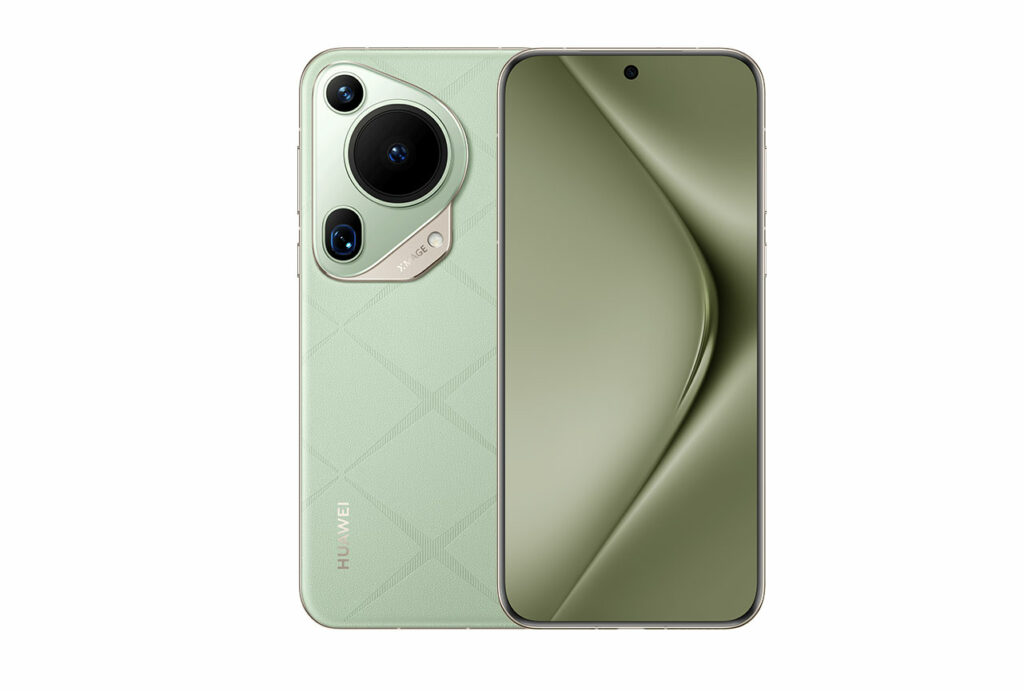





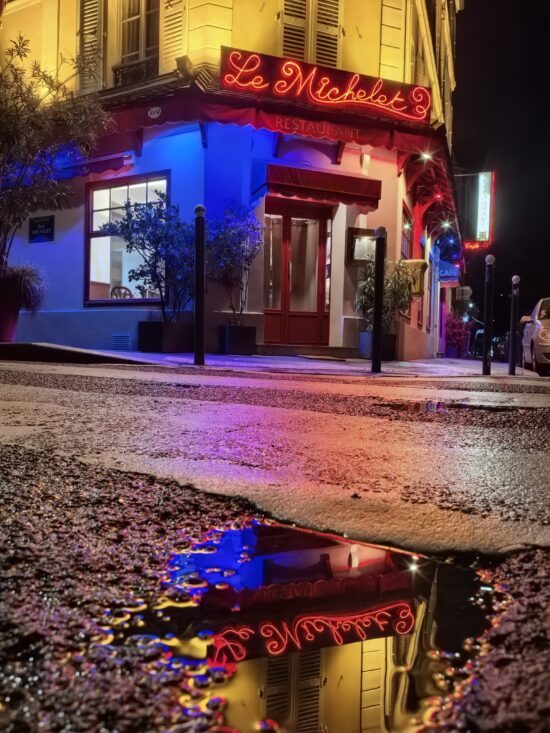
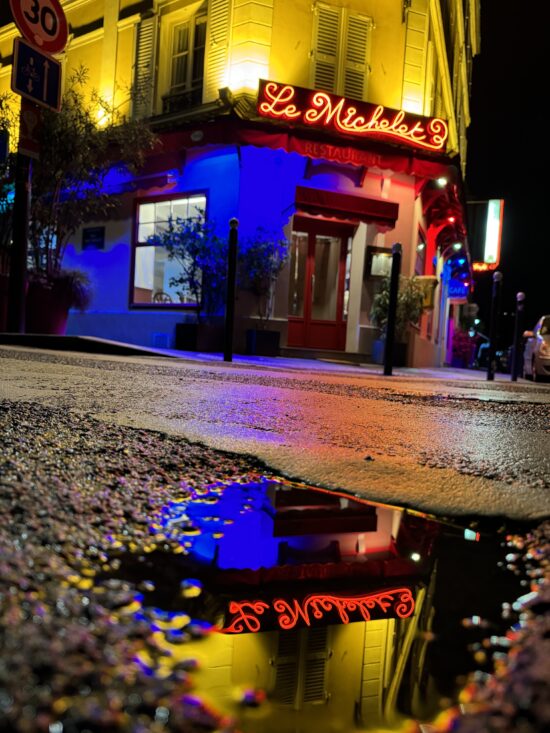
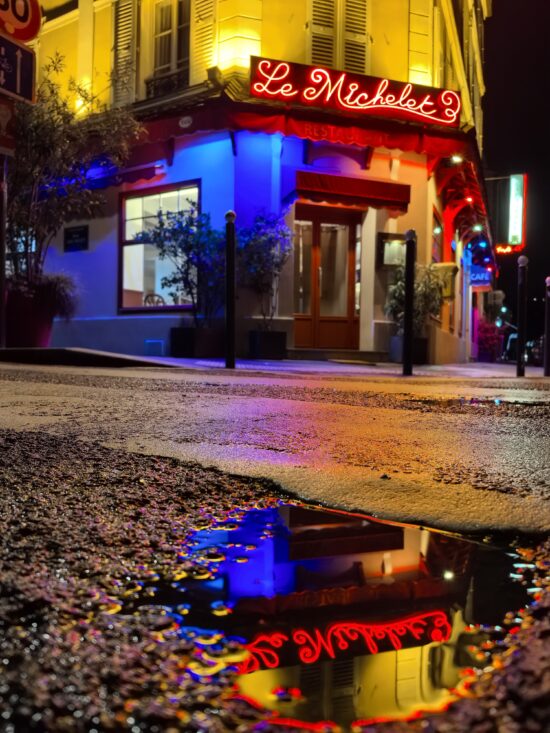
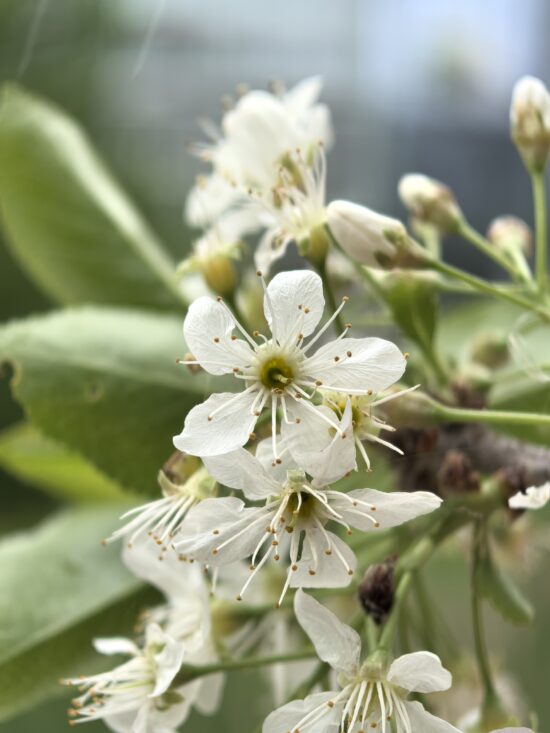
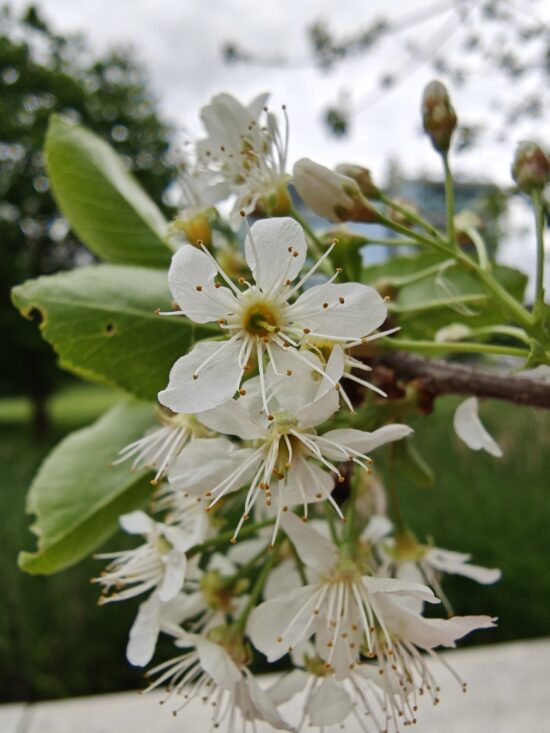
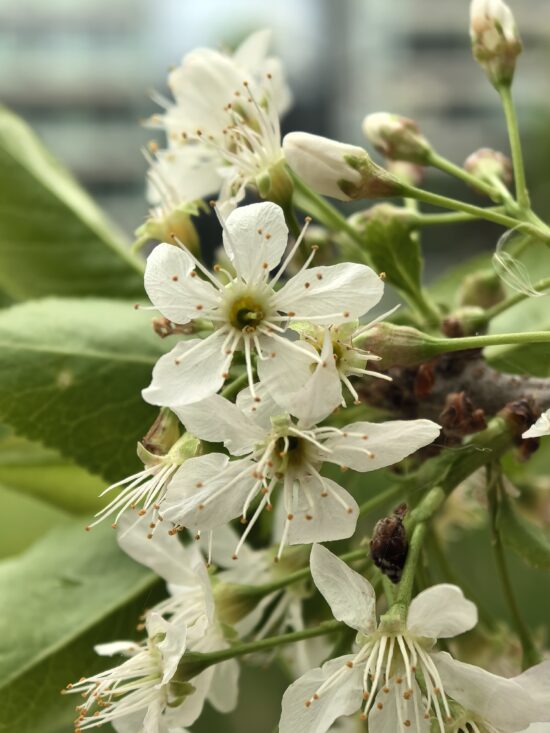









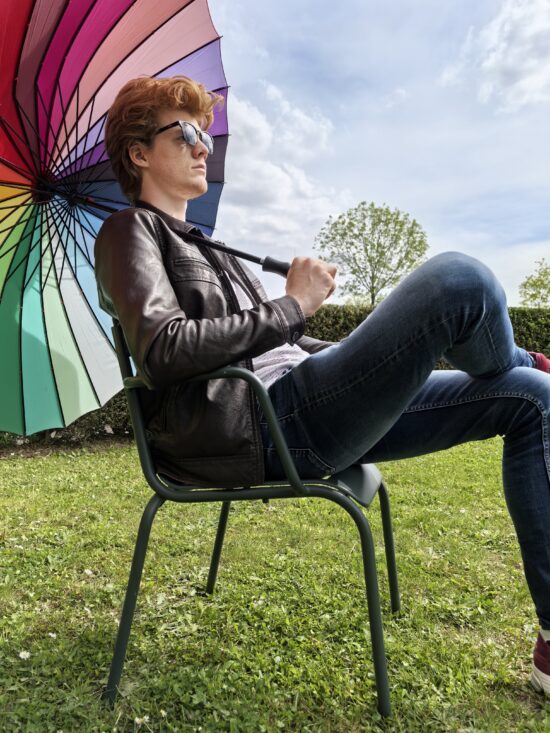
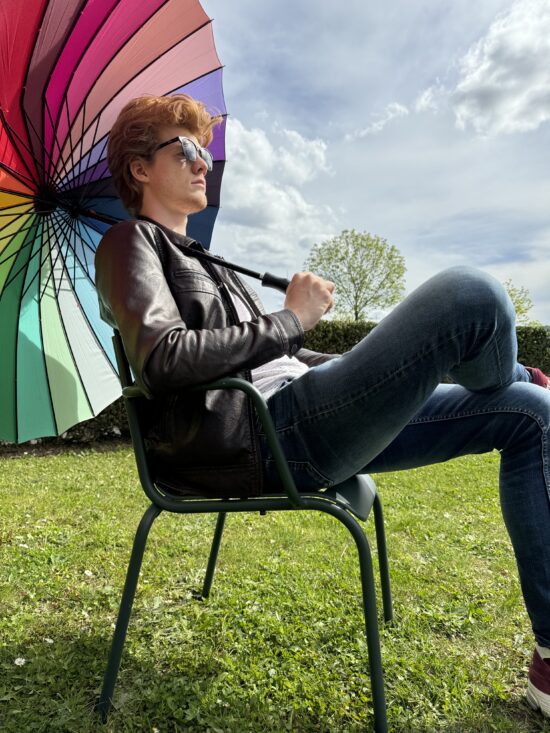
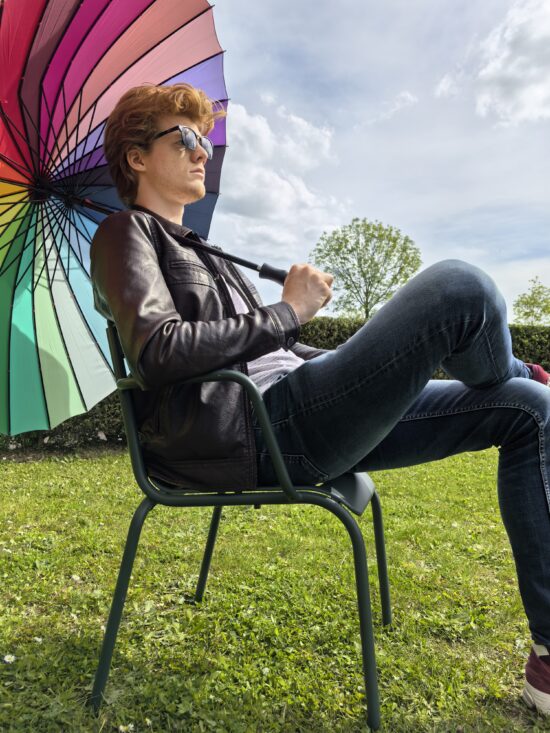
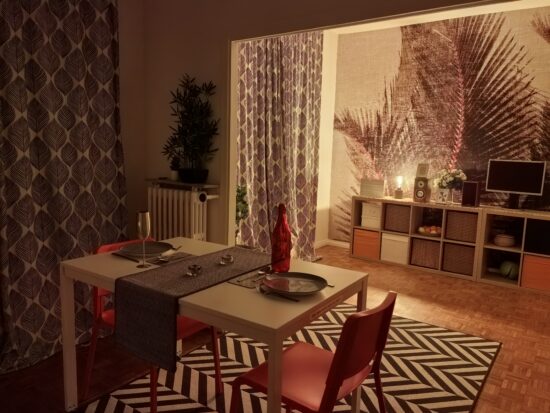
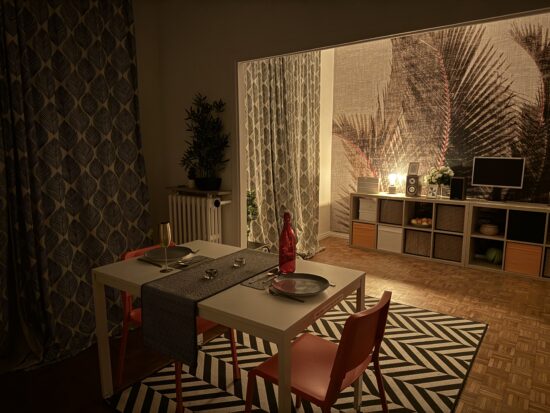
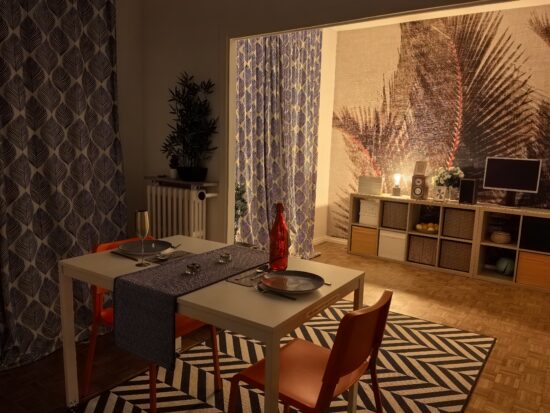




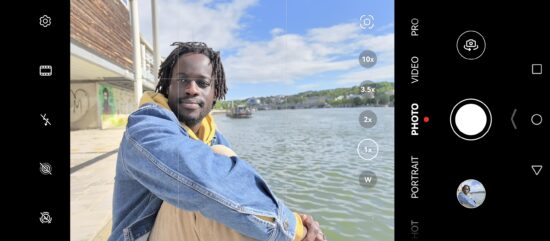

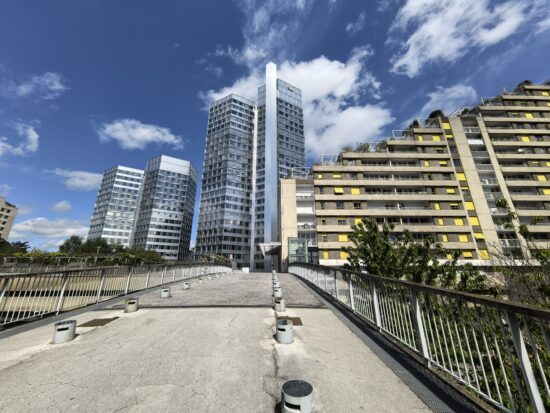
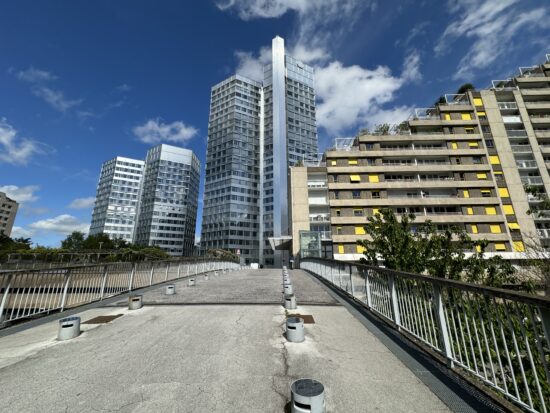
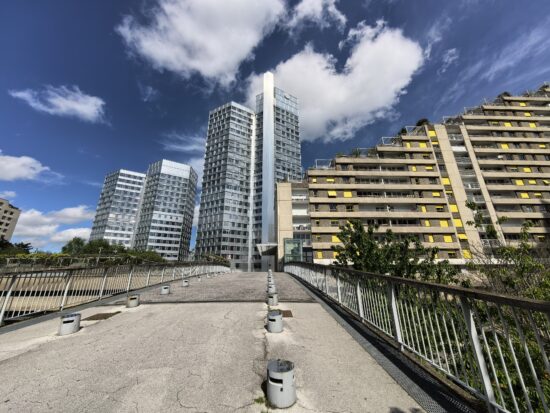



DXOMARK encourages its readers to share comments on the articles. To read or post comments, Disqus cookies are required. Change your Cookies Preferences and read more about our Comment Policy.